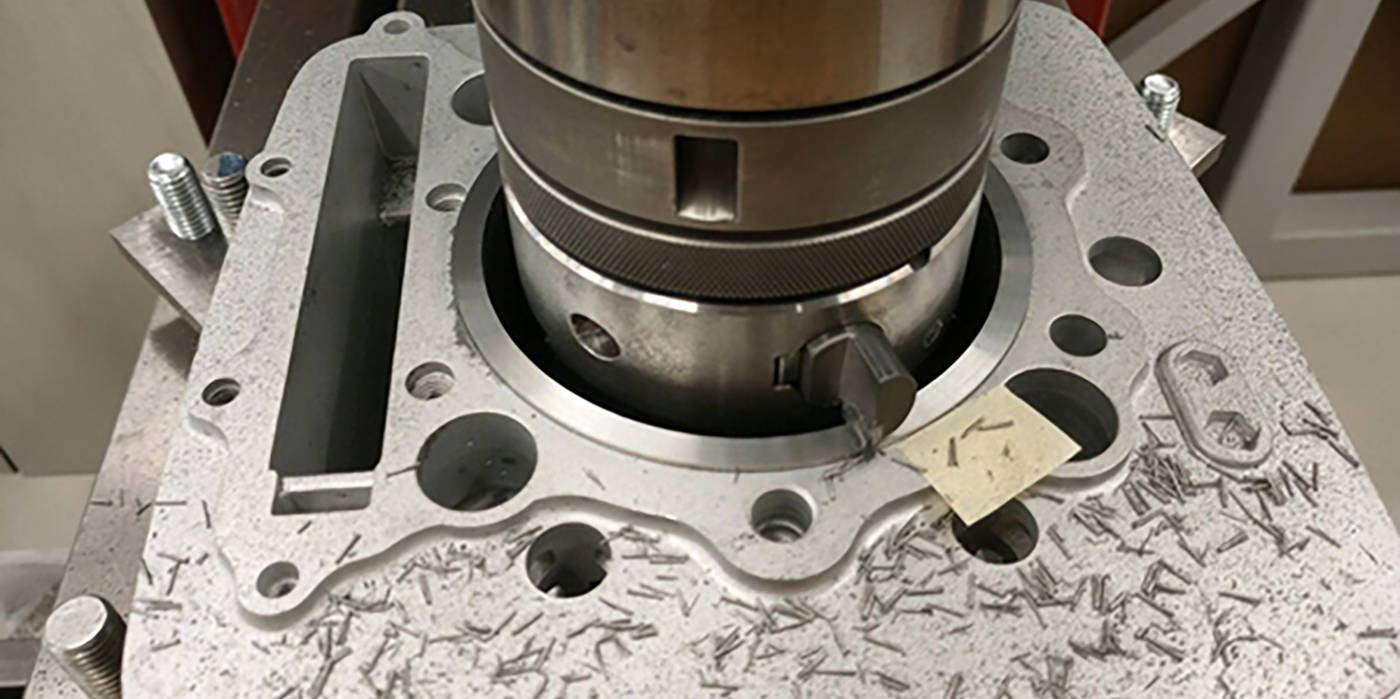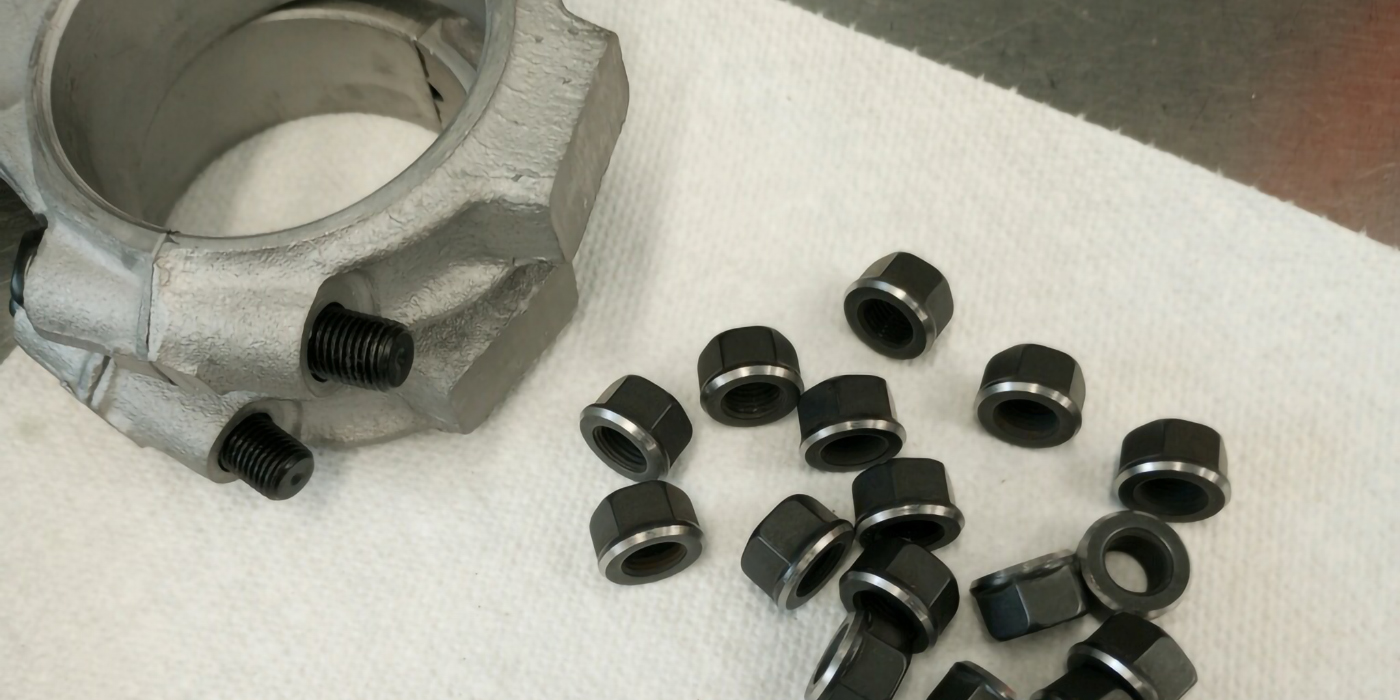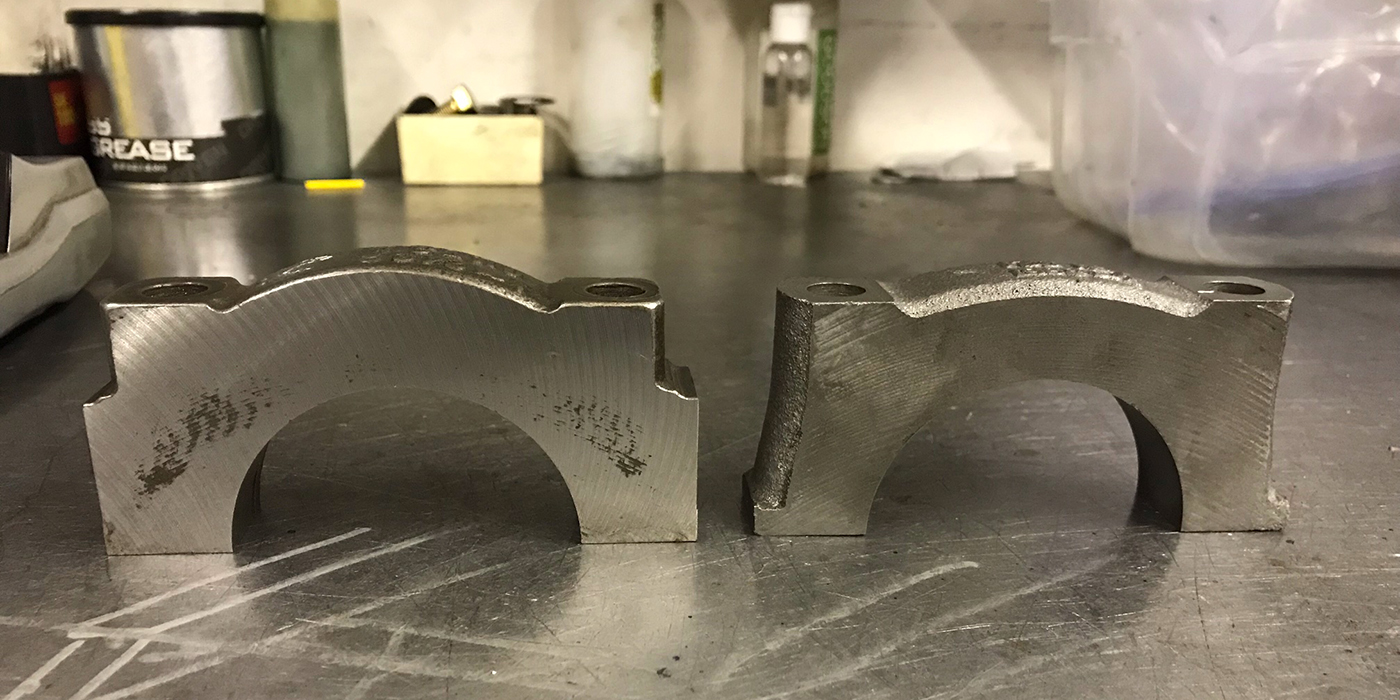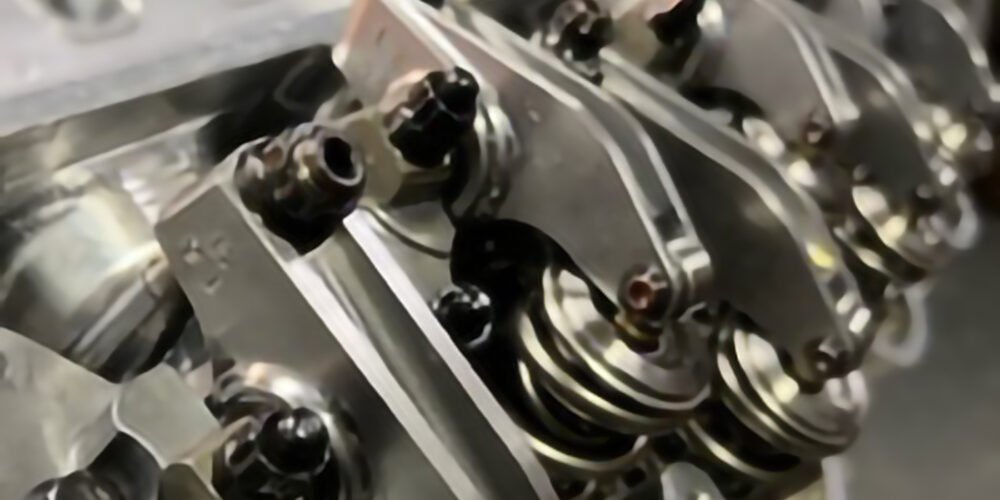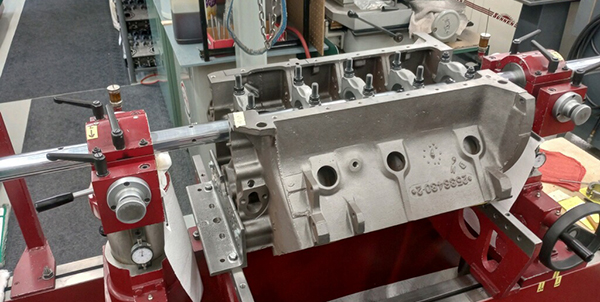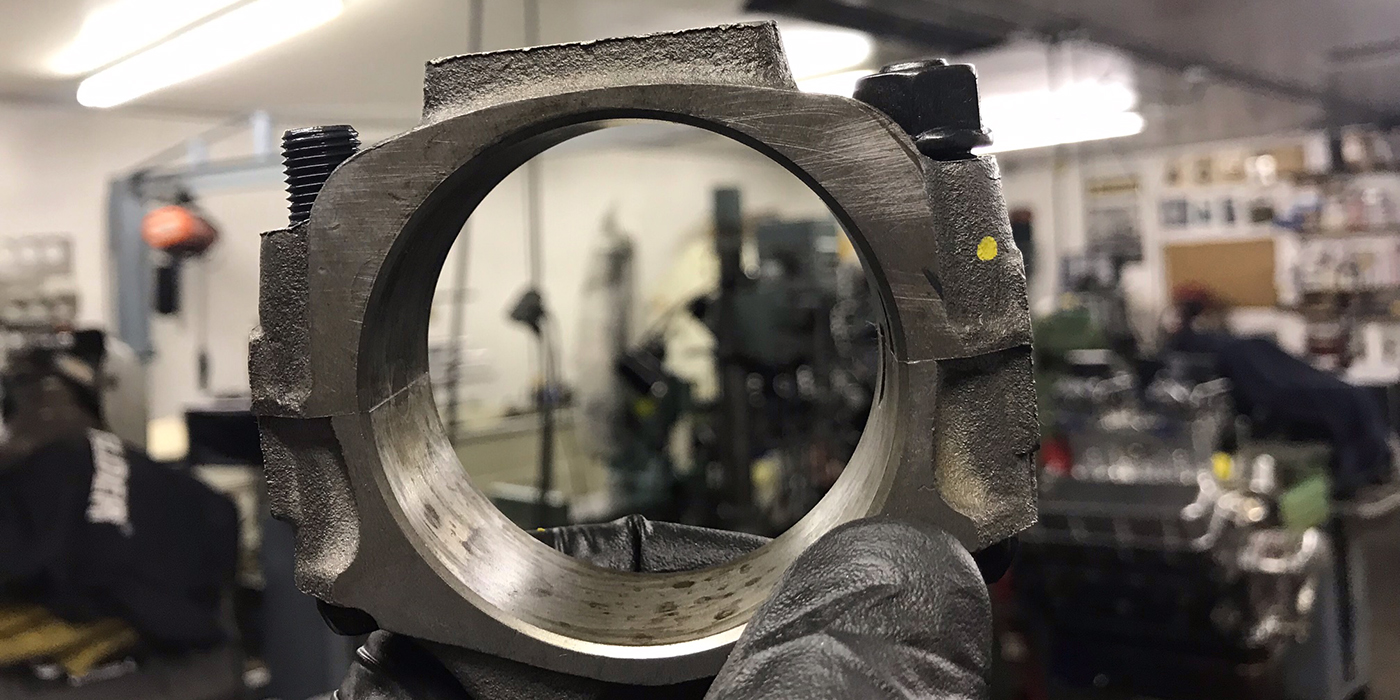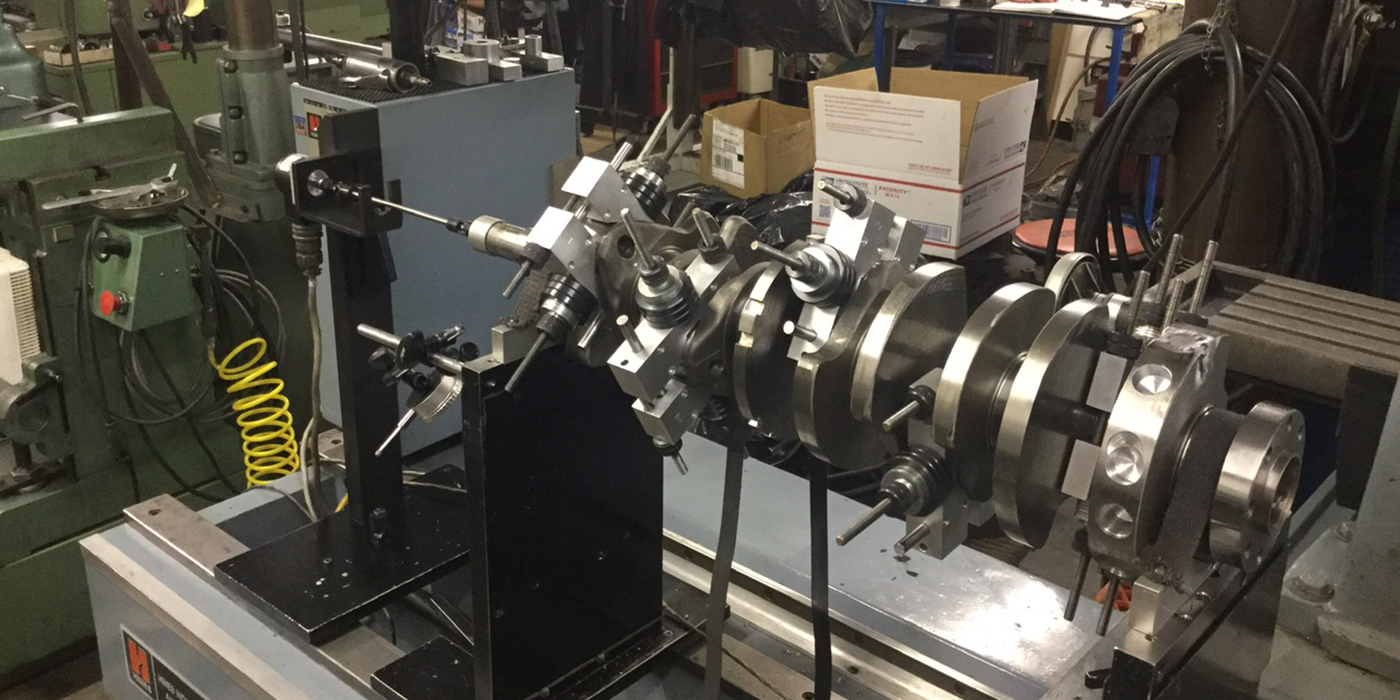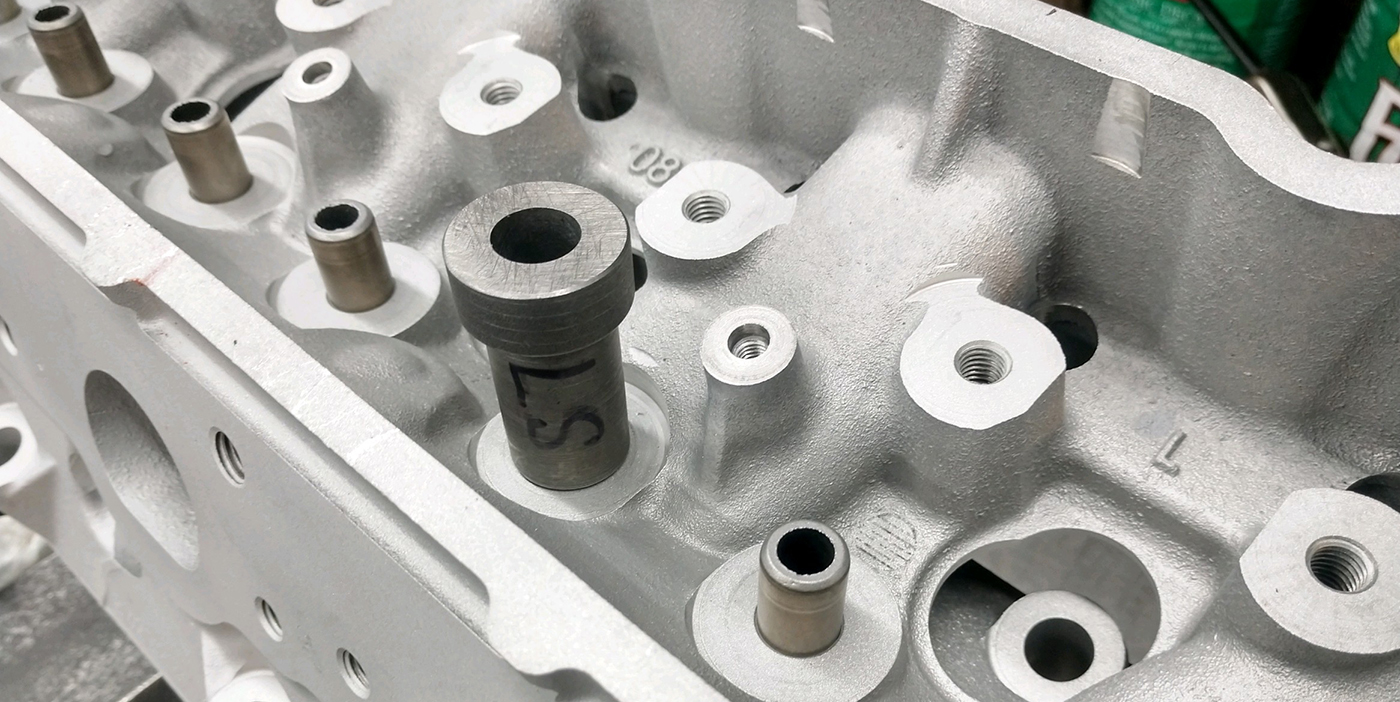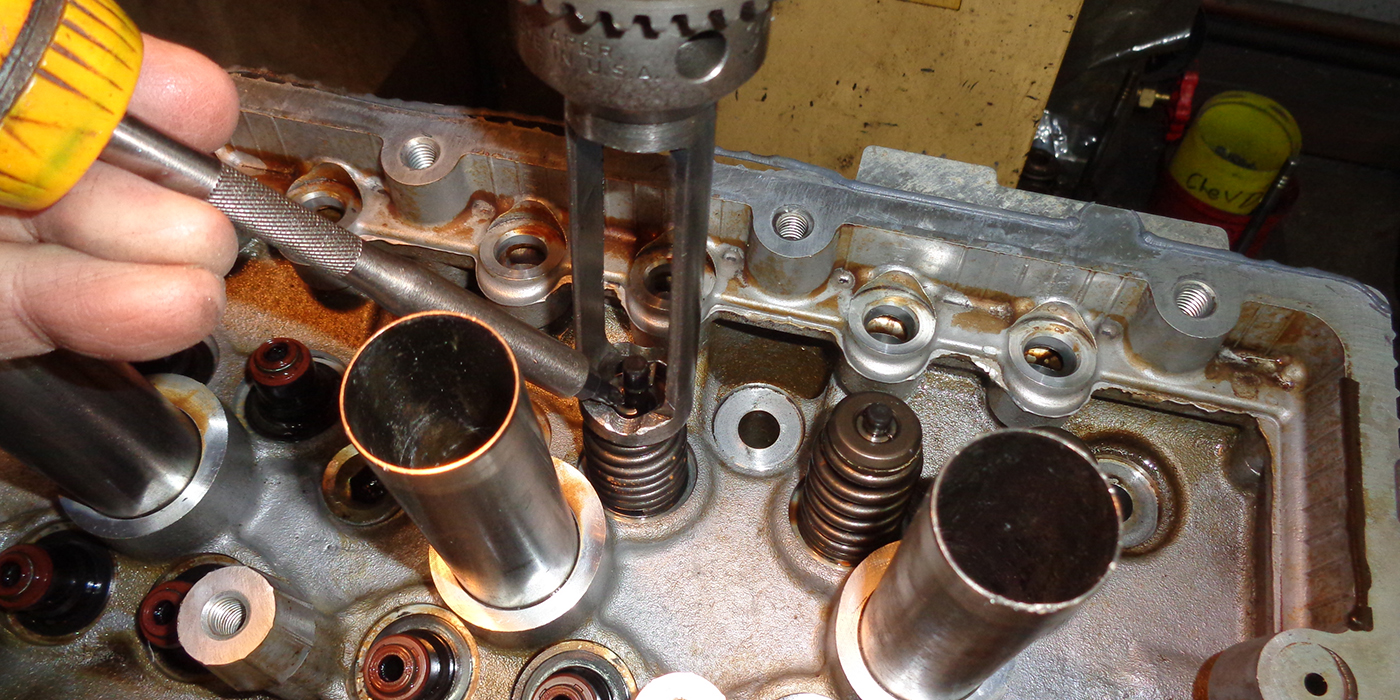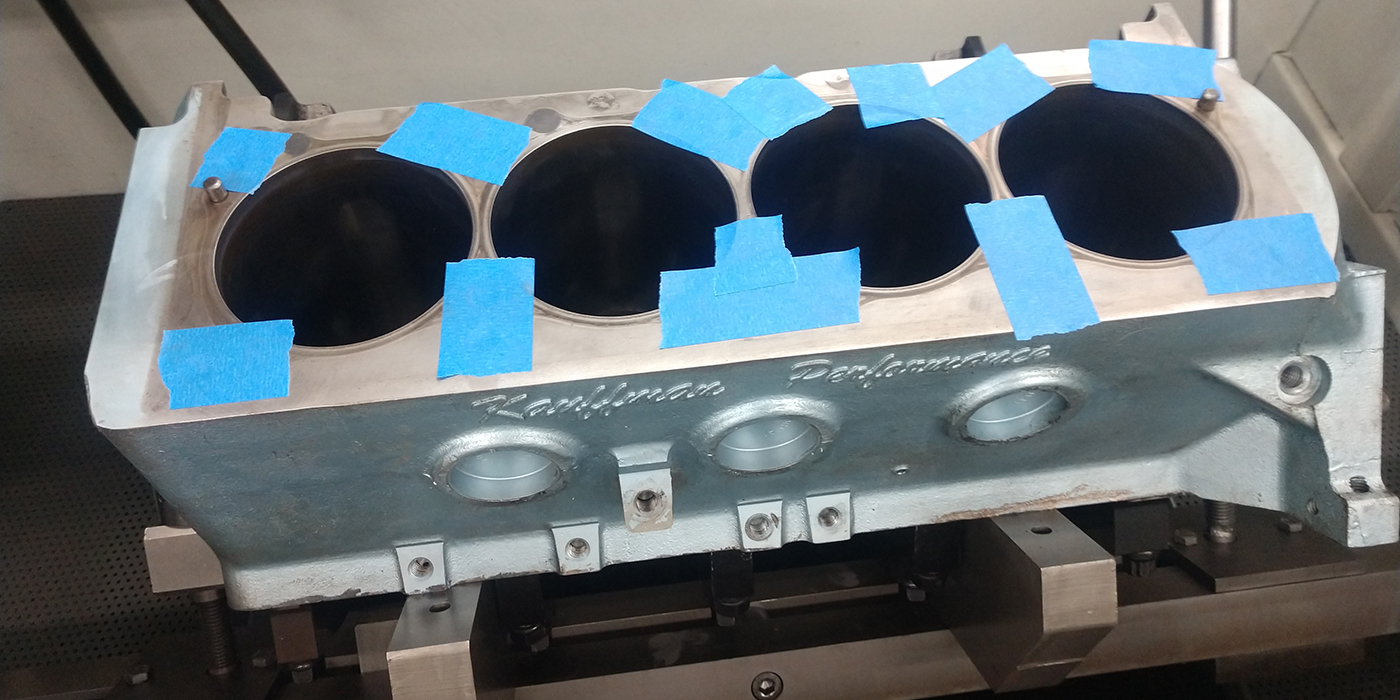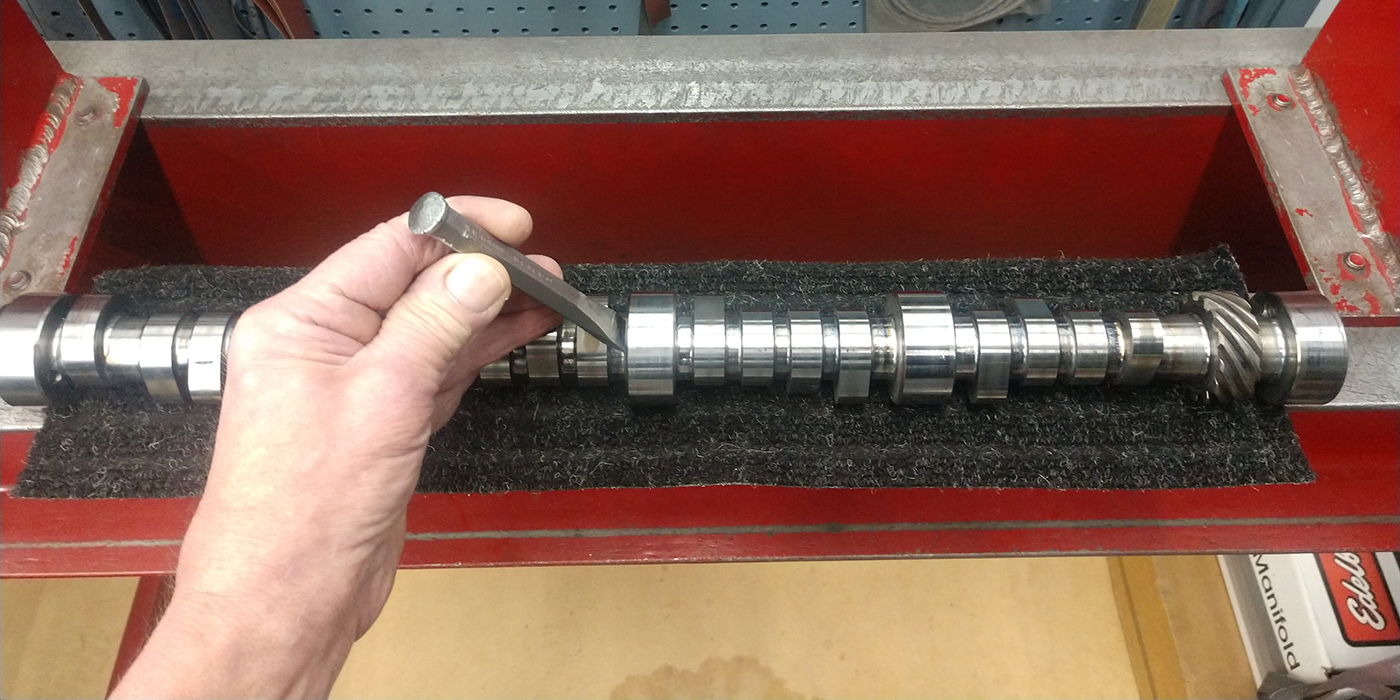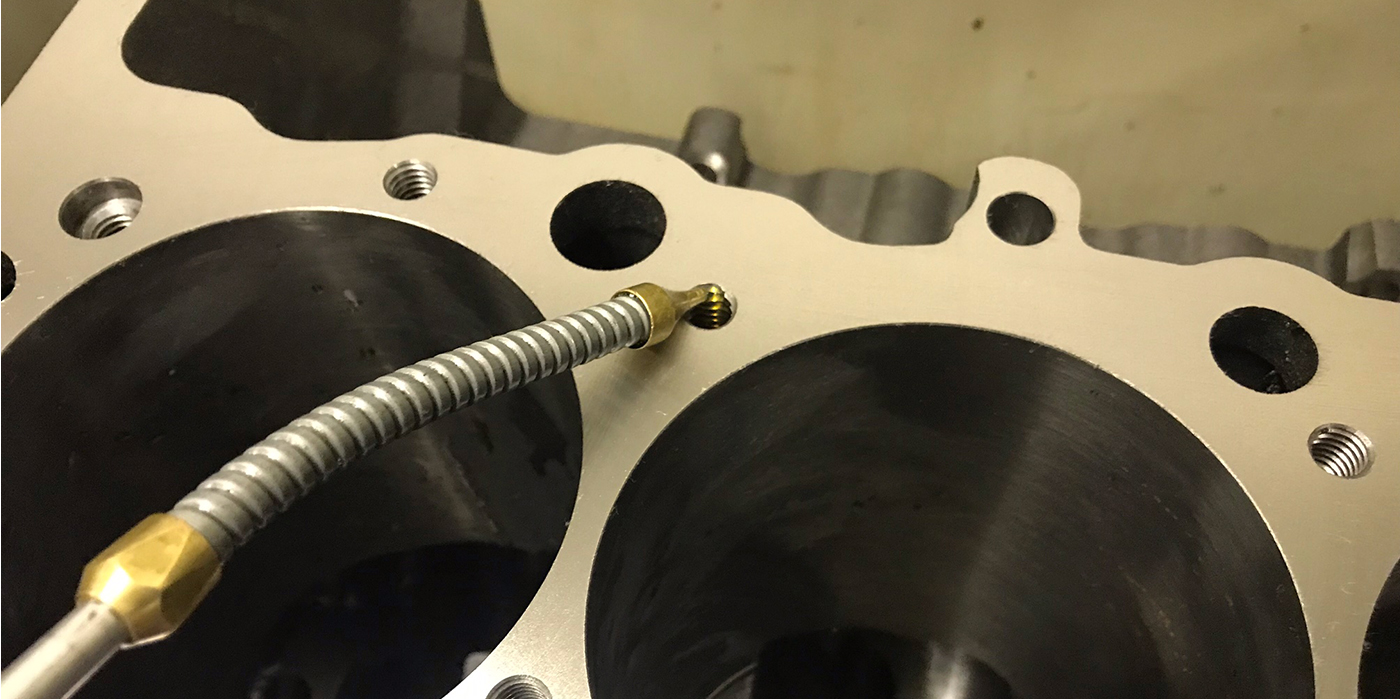Gasket Surface Cleaning Caution
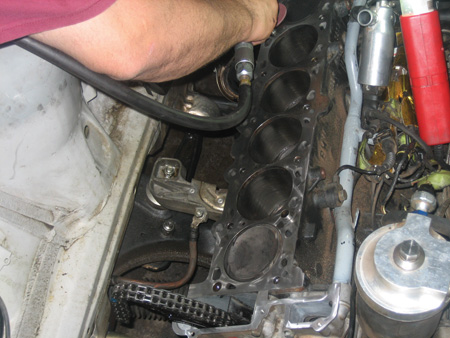 Cleaning gasket surfaces can be a terrible thing to do! Many of today’s cylinder heads, and various parts are made of aluminum. The use of cleaning discs can damage the surface being cleaned by actually removing some of the surface being cleaned. There are also dangers of getting fibers from the cleaning discs into the crankcase destroying crankshaft bearings and other parts in the engine. There are products available to help the removal of gasket material, but whatever method is used be sure to take care not to damage your parts!
Cleaning gasket surfaces can be a terrible thing to do! Many of today’s cylinder heads, and various parts are made of aluminum. The use of cleaning discs can damage the surface being cleaned by actually removing some of the surface being cleaned. There are also dangers of getting fibers from the cleaning discs into the crankcase destroying crankshaft bearings and other parts in the engine. There are products available to help the removal of gasket material, but whatever method is used be sure to take care not to damage your parts!
This topic was featured in the December 2008 issue that covers the same subject and is an excellent topic to be aware of.
Removing Honda Intake Manifold Gaskets
If you’ve ever struggled with the removal of 4-cylinder Honda intake gaskets, you’ll really appreciate this tip. Buffing pads are dangerous to aluminum and won’t reach around the manifold studs on the head. Scraping takes about 30 minutes and extreme care not to damage the head. Instead of scraping, take about 3 minutes to heat the gasket around all ports and studs with an acetylene torch and the gasket lifts right off the head. This has saved us a lot of time and frustration. Be careful not to overheat the head, which can cause the aluminum to anneal.
Bill Williams
Beaverridge Auto
Fairplay, CO
Easy Valve Seat Removal
Here’s a tip for making valve seat removal easier. When removing valve seats from aluminum or cast iron cylinder heads try this. Grind down the head diameter of an old valve so that it will install in the head/seat about 1/4? below the bottom of the seat. With the valve in position, weld a bead around the ID of the seat. As the seat cools it will contract in size. Flip the cylinder head over, and then tap the stem side of the valve, and “bingo” the seat will pop out without much effort!
Lamar Whitman
Engine Pro Technical Committee
Oil Seals Springs
I have had good luck sealing up stubborn seal leaks by adjusting the inner seal spring. Before you install the seal remove the spring from the back of the seal. Look carefully; on most grease and oil seals there will be a joint where the spring screws together to make a circle. Simply unscrew the spring. Once it is unscrewed you will notice that one end is bigger in its inner circumference. Cut 1/16? to 1/8? off of the small end and screw it back together. This will make a tighter seal. Good luck.
Bill Crum
Engine Pro Technical Committee
Visuals Make a Great Point
Hey guys, a great way to get your point across during sales is to display old parts that were installed incorrectly, abused or just cheap parts. Show these parts to prospective customers to help sway them into doing the job right the first time with quality parts. This can be a great way to let your customers know what can happen. A win-win for everyone!
Arus Kinney
Austin Jordan Engines
Wyoming, MI
Break-in Oils Revisited
As API oils remove more of the lubricating properties from our oils today because of emission standards, we are pressed to find other ways to effectively break-in flat tappet camshafts. Break-in procedures may also be an issue, as some procedures have changed to help the cam break in easier.
One area of concern is high performance engines, particularly older engines that have a high spring and valve seat pressure. The procedures to break-in cams for some of these engines are that the outer valve springs must be removed (over 300 psi open spring pressure) to reduce pressure on the cam lobe and lifter. There are also newer beehive style springs that produce less overall pressure on the cam. Special tools are also available to knurl grooves in the lifter bore to improve oiling for some engines.
There are several different oils that you can use as break-in or full-time oils in some of these engines. Comp Cams recommends its camshaft break-in lube (part#159) and is compatible with all motor oils, so you could use it at every oil change. Engine Pro offers two new products for break-in and continued use, (#40-1900) Hi-Zinc Engine Protector, and (#40-2000) Extreme Engine Protector, which contains no zinc, so it can be used in all engines. It will not damage catalytic converters.
There are other companies that produce racing motor oils and additives that have lots of Zinc Dialkyl Dithiosphosphate (ZDDP), but be careful. The increased sulfur content can damage catalytic converters with extended use. Many builders are using API service CI-4/SL, CI-4PLUS oils, or commonly described as diesel oils. But the ZDDP in these oils is being reduced as well. Other companies are making synthetic break-in oils, and once again these oils can have a high detergent and ZDDP content. Some of these oils are also rated for off road use only, so know your application.
Good luck and happy motoring!
Bill Crum
Engine Pro Tech. Committee
Engine Builder Shop Solutions is sponsored by Engine Pro,
a consortium of 14 engine parts specialist WDs operating 33 branch
locations serving engine builders/rebuilders across the U.S. Shop
Solutions published in each issue of Engine Builder Magazine are
awarded a $100 Visa Gift Card. Winners will be chosen by
the staff of Engine Builder Magazine and the Engine Pro Technical
Committee.
To submit a Shop Solution simply mail your entry
to Engine Builder Magazine, Shop Solutions, 3550 Embassy Parkway,
Akron, OH 44333; or email to Shop [email protected]. Shop
Solutions may also be emailed to [email protected].You must include
your name, shop name, shop address and shop telephone number. Submitted
Shop Solutions not published will be kept on file and reevaluated for
publication with each month’s new entries. If you include your email
address you will be emailed notification of publication if your Shop
Solution is chosen.


